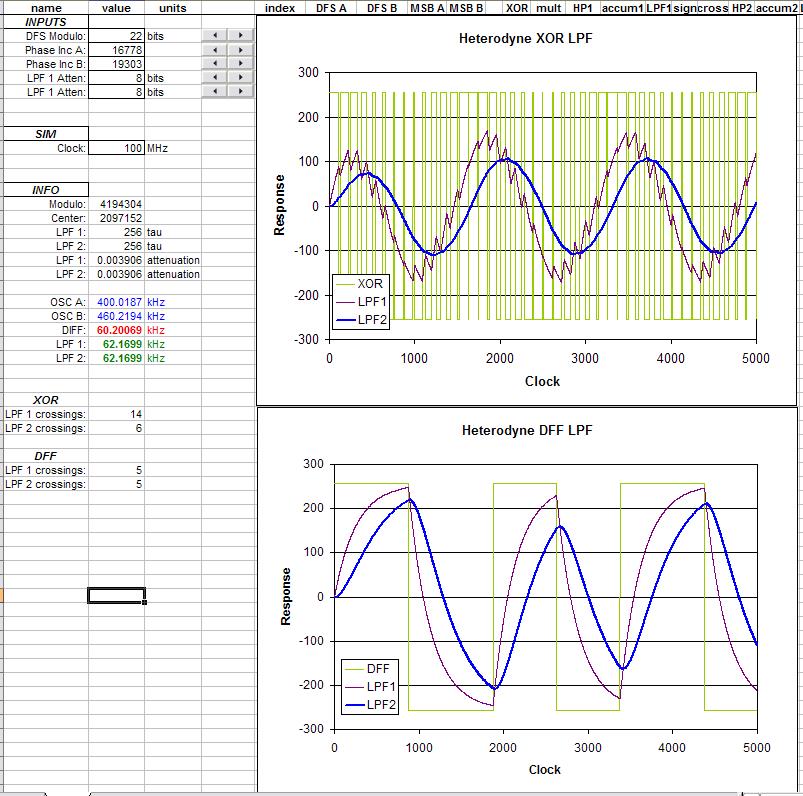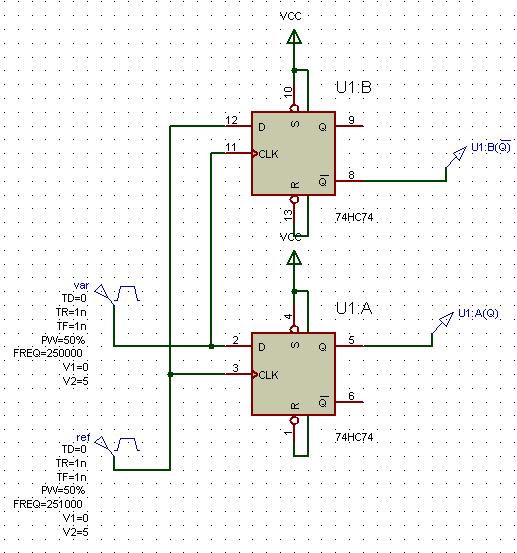" If the performance of our CapSensor seems to you not enough, you could measure the period, with an higher frequency than our current 32MHz ."
Livio,
I am certainly not trying to "bash" your sensor or ideas.. Hell, theres one thing I have learned from playing with theremins, and that is that every time one thinks youve "got it" something comes along to show you that, well, you perhaps got a bit more of the picture - but any kind of certainty that you have "the best" approach is likely to lead to dissapointment.
I started off about 8 years ago doing things quite similarly to you - and where I am today is the result of much tribulation and boxes of circuit boards I thought would be "the one" but never made my grade..
IMO, what makes this moment somewhat special is that suddenly several digital theremin designs / topologies are "on the table" .. For me, this is more a "spectator" matter - I went back to analogue long time ago, and digital stuff for theremins only has a real interest for peripheral functions..
But we now have a situation where we can actually look at digital topologies and start to complare them.. We dont know much about the theremini, We have wonderfull in-depth design and analysis from Dewster (most of the digital stuff in this being above my head) We have full disclosure of your theremino designs and software (and I really applaud you for this) and we have full disclosure of the Open.theremin designs and firmware..
"I realized now that our views are slightly different. This is because you are reasoning mainly about the Theremin (and rightly so) while we think of our CapSensor as a generic "Proximity Physical Interface" (to protect objects in museums and other similar applications)"
I think there is truth in this - I think those of us who get "caught" in TW and/or get to see classical thereminists playing, and are foolish enough to engage in making a better instrument than those on the market at present, are certainly focussing on something requiring far lower latency and far higher resolution and linearity than what is required for most capsense applications - And also, it certainly is true that most casual users of the theremin dont need much more than a "generic Proximity Physical Interface".
My present opinion is that the best digital theremin topology I have seen (in terms of the front-end / data aquisition ) is the Open.theremin - If Dewsters linearity simulation is correct (and it does seem to be) then the combination of speed and resolution possible by using heterodyning in the way this does is a big step forward.
I am also interested in your higher frequency of operation - I think this could be an advantage for reasons different to the ones you present - I think that combined with D-Latch heterodyning it may be possible to get close to the resolution of the Open.theremin without needing analogue filtering after an XOR mixer.. But I havent really explored this yet.
Down at my core though, I know Lev Theremins original concept cannot be beaten - He was there with the solution 90 years ago, and nothing I have seen has come close - particularly in terms of speed and resolution - and I think that if the theremini uses analogue heterodyning, it may actually manage higher resolution than any digital scheme could - but I suspect it doesnt !
Fred.
What bothers me most about heterodyning, is not the theory but the following practical problems:
1 ) The oscillator must be low frequency (not sure of this, correct me if I'm wrong ) while the entire history of electronics demonstrates the advantages of using higher and higher frequencies.
No, the limit is set by the mixer - one can heterodyne with input frequencies up in the 10's of MHz if your mixer can handle it, and you can buy analogue multipliers that operate at these frequencies.. Likewise one can do XOR "heterodyning" at high frequencies.
2 ) It is easy to get out of the useful range of frequencies and in that case, you have to retune the oscillator.
To get out of range, one or both oscillators must change - if your oscillators arent stable, this will be a problem whatever topology you use.
3 ) Almost certainly you have to add a oscillator capacitive trimmer, to be factory calibrated (hopefully only at the factory... but I think in practice, the user himself will have to adjust it, every time either the antenna position, or the nearby objects position have changed)
No - I hate capacitive trimmers!!! ;-) A variable inductor is sufficient for factory trimming, and electronic tuning is available for user adjustment (see EW schematic)
Maybe you are able to indicate solutions to these three points (without digitally adjustable capacitors or other oddities)
Directly digitally adjustable capacitors (what a lovely idea ;-) arent needed, there are many ways to tune using a voltage or current - a D/A is all thats required I think..
and I could convert me to the heterodyning (with a new firmware version, as written in one of the previous posts) Probably naming it CapSensorHT, even if we continue to maintain the CapSensorHQ, that has fewer tuning problems and greater immunity to ESD events.
IMO, IF you want to compete at the high end, you may need to do this... But one word of personal bitter caution - Economically, there is NO return for targeting the high-end - Unless you are brilliant, getting things "right" will consume all your resources and leave you a twisted jibbering wreck like me!!! ;-)
To be honest, I dont think its possible to have a simple answer to all the above for the "high end" - But my area is analogue - perhaps with digital tech you can make a unit which isnt complex to set up and performs well ... The Open.theremin seems to be getting there by all accounts.. but I leave that for others to comment on..




